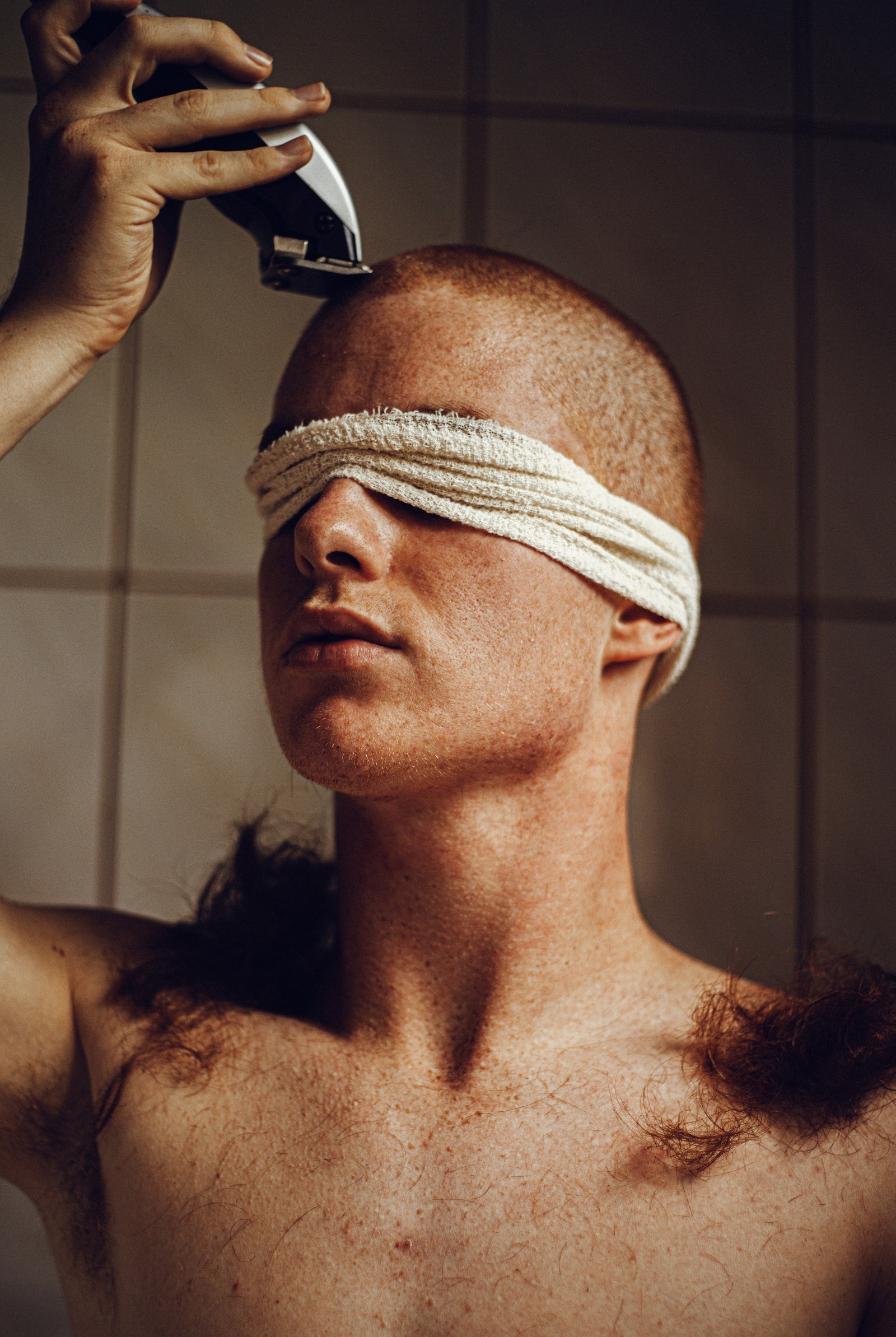Male pattern baldness is a common and serious problem. Fortunately, modern techniques like hair transplants provide an answer. Read on for Dr. Rafael Fortus’ take on what makes this approach so different
Losing hair is a serious problem for many men—a fact that is widely acknowledged. Thankfully, modern-day advancements have paved the way for addressing the root cause of this concern through procedures like hair transplants. To gain further insights into this innovative solution, we talked to Clinique de Paris’ Medical Director, Dr. Rafael Fortus. Here’s the lowdown on what he had to say.

RELATED: Fast Facts on Hair and Scalp Care According to an Expert
Meet the expert
Dr. Rafael Fortus is the Medical Director at Clinique de Paris, a top healthcare facility that offers unparalleled medical services. After finishing his residency in Australia, he shifted his focus to the intricate art of hair transplantation. Having undergone training in various countries across Asia and Europe, he acquired invaluable experience from experts in the field. In his quest to remain at the forefront of the industry, he sought out certification from the London Academy for Hair Restoration, a testament to his exceptional skills and unwavering dedication to providing cutting-edge hair restoration solutions.
The dominance of male hair loss
According to Dr. Fortus, male pattern baldness can be attributed to two key hormones: testosterone and dihydrotestosterone (DHT). He noted that it is a common occurrence for men to experience hair loss in the hairline and crown regions, which can begin as early as their 20s. Dr. Fortus also highlighted that the extent and speed of hair loss are primarily determined by genetics, which is a result of a combination of genes inherited from both parents. Baldness, as it turns out, can differ significantly among siblings and cousins.

Dr. Fortus also introduced the Norwood scale, which ranges from stage 1 to stage 7, with each stage indicating a progressively more severe level of hair loss. Interestingly, he mentioned that hair loss doesn’t affect the hair at the back of the head. No matter how bald a man gets, these hairs stay the same, making them valuable for hair transplantation.
Why do guys lose hair faster?
The root cause of hair loss in men can be attributed to a combination of genetic and hormonal factors, leading to a range of hair loss patterns among men, and by the time baldness becomes noticeable, about half of the hair has already fallen out. However, Dr. Fortus pointed out that unhealthy habits such as smoking and high stress levels can have a negative impact on the health of your hair. For a radiant and healthy appearance, the expert suggests adopting a holistic approach that includes reducing stress levels, quitting smoking (including vaping), and consuming a diet that is abundant in zinc, iron, and magnesium.
Effective solutions
As emphasized by Dr. Fortus, alopecia is a medical condition that requires prompt medical attention to save time, money, and, most importantly, your hair.
The expert also sheds light on the effectiveness of DHT blockers, such as finasteride, in addressing hair loss in men. With a track record of success, this treatment has demonstrated its ability to not only slow down hair loss, but also stimulate hair regrowth in certain cases. Whether you prefer to take your medication orally or apply it topically, finasteride has got you covered with both options readily available. Minoxidil has also been gaining popularity as an effective solution to reduce hair fall. It works by enhancing blood flow to the hair follicles, thereby promoting hair growth. Although side effects may manifest, they are infrequent and can be reversed.

He also introduced platelet mesotherapy, an innovative medical procedure. This method involves utilizing platelets that are abundant in growth factors, which have demonstrated the ability to stimulate hair growth and enhance the overall quality of the skin.
The hair transplant procedure
Due to their low risks, short recovery times, and high success rates, hair transplants are growing in popularity. Dr. Fortus outlined the technique as simply harvesting hair from the patient’s back and implanting it in the front and crown of the scalp. Under local anesthetic, the procedure can be completed in a single sitting with no need for stitches or scarring.
The expert went on to explain that there are essentially two distinct approaches to hair transplantation: strip surgery, which can result in a scar, and single extraction, which does not. He also introduced the most recent technique known as Direct Hair Implantation (DHI), which gives the surgeon control over the direction, angle, and density of each hair to get the most natural appearance possible.
The procedure begins with the patient getting a morning haircut. Depending on how many hairs need to be extracted, the process might take anywhere from two to four hours. After a lunch break, it takes another two to four hours to implant the hair once the hairline has been designed. Dr. Fortus said that patients can watch movies or even fall asleep during the transplant because it causes no discomfort. The operation is finished by mid-afternoon with minimum discomfort, and aftercare instructions are given.
Hair transplant recipients typically begin to see new growth from nine months to a year after surgery. Dr. Fortus stated that the cost of a hair transplant in the Philippines is between PHP 200,000 and PHP 600,000.
Factors to consider

For men seeking optimal results in their hair restoration journey, a visit to a reputable clinic is essential. According to Dr. Rafael Fortus, the recovery process following a hair transplant procedure is really painless. However, it is important to allow a period of one to two weeks for the skin and newly transplanted hairs to settle in and for proper healing to occur. For men who undergo this procedure, the recovery time is relatively short. Typically, after experiencing mild swelling and redness, individuals can return to work within five days. After a period of two weeks, they can resume full physical activities, including swimming and contact sports.







